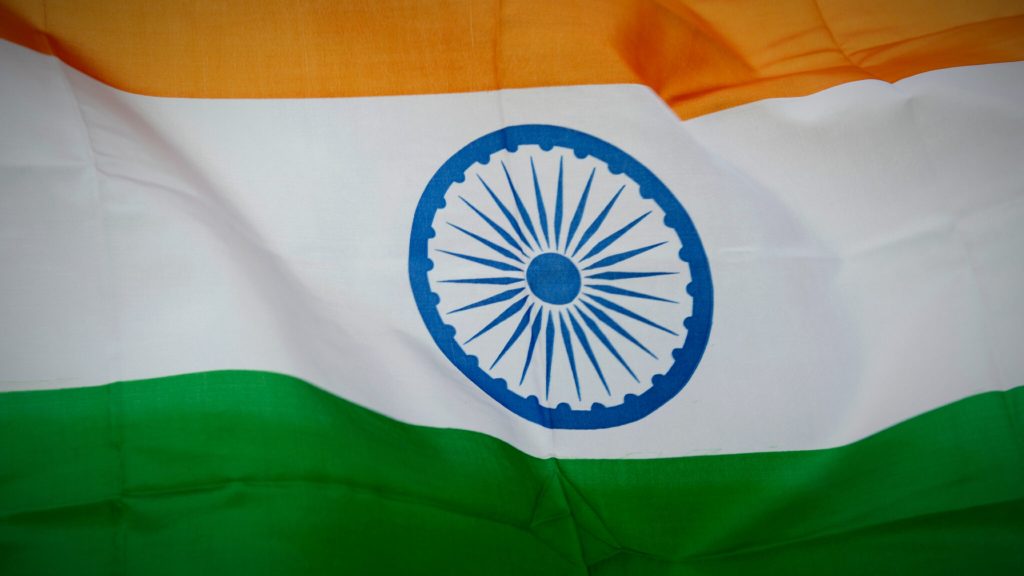India’s National Telecom Policy 2025: Goals and Innovations

The Department of Telecommunications (DoT) in India has unveiled the draft of the National Telecom Policy 2025, with a focus on enhancing connectivity and digital infrastructure throughout the nation.
The policy sets ambitious targets for 100% 4G and 90% 5G population coverage by 2030, alongside significant enhancements in rural fiber networks.
Key highlights include a strategic aim to secure a 10% global share in 6G intellectual property, positioning India as a leading R&D center worldwide.
To stimulate manufacturing and investments, the policy introduces a Telecom Manufacturing Zone and aims to attract an annual investment of $11.5 billion.
One of the primary objectives is to bridge service disparities by expanding mobile networks in remote areas and promoting fixed-line broadband adoption.
Provisions also address disaster resilience by integrating telecom infrastructure with the National Disaster Management Authority’s plans.
The updated policy emphasizes aligning service quality with international standards, making network performance more transparent to users.
India’s vision includes a greater manufacturing capacity and reduced compliance burdens, encouraging faster spectrum allocation for research and development purposes.
The DoT envisions doubling the telecom sector’s GDP contribution through these measures.
In response to growing security concerns, new regulations have been introduced for satellite communication providers, mandating adherence to strict security protocols by 2029.
Operators must comply with over 20 security conditions, including data localization, real-time monitoring, and integration with India’s NavIC positioning system.
These developments coincide with heightened global interest in India’s emerging satellite communication market from major players like Starlink and Project Kuiper.

